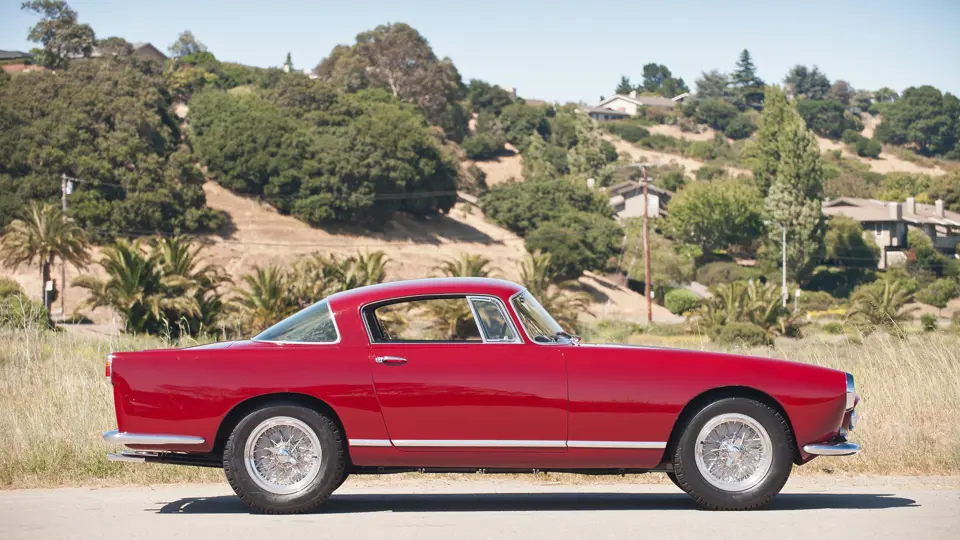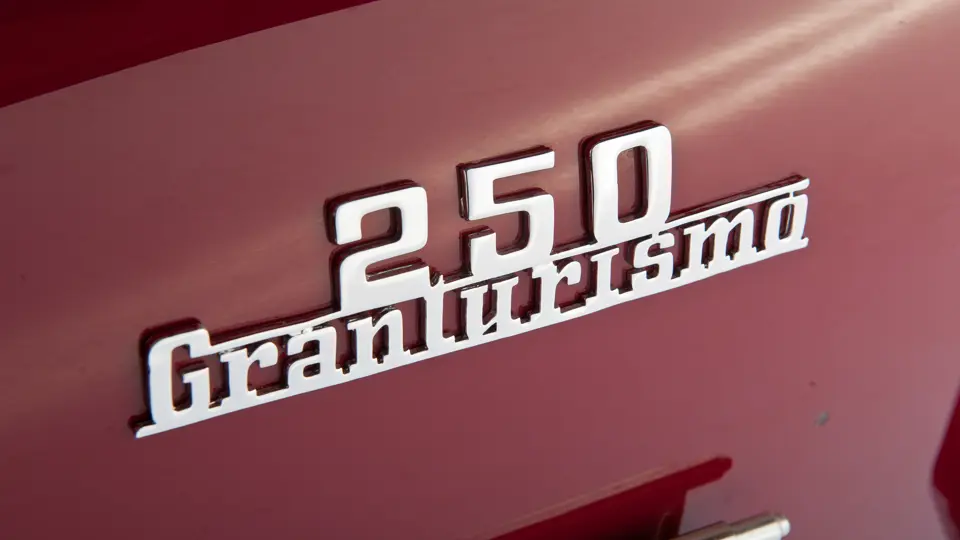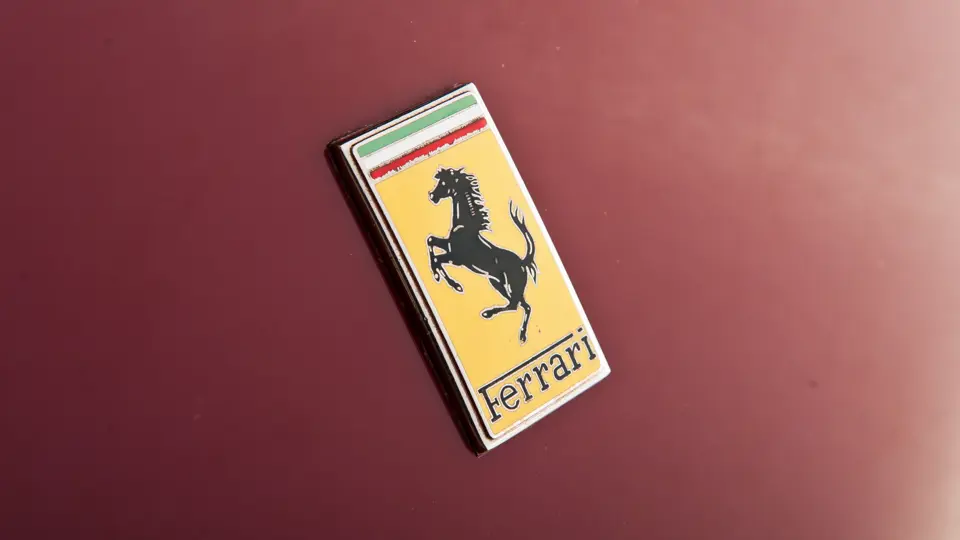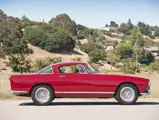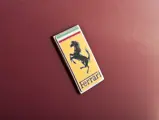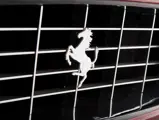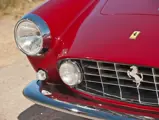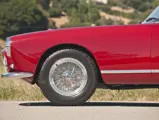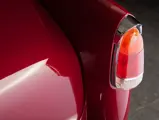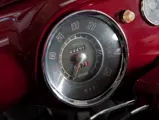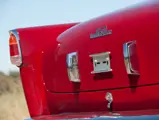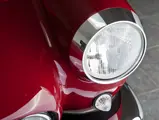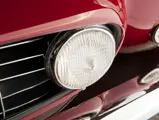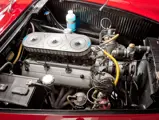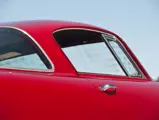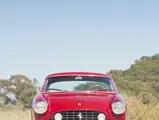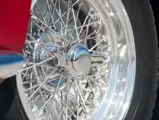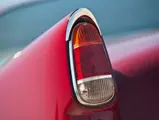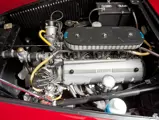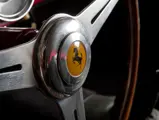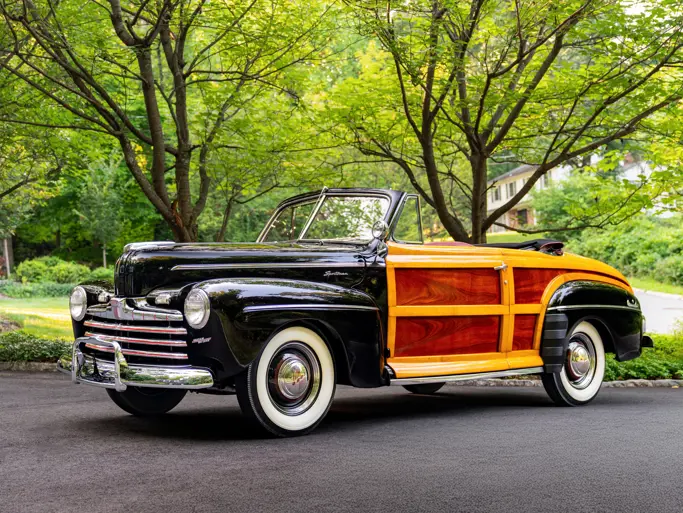220 bhp, 2,953 cc “Colombo” SOHC V-12 engine, triple Weber 36 DCZ3 twin-choke carburetors, four-speed manual synchromesh gearbox, independent coil-spring front suspension, live rear axle with semi-elliptic leaf springs, and four-wheel hydraulic drum brakes. Wheelbase: 110.2"
- Fascinating history from new
- An important evolutionary link to Ferrari’s series-production road cars
- Formerly in the long-term ownership of noted collector Frits Kroymans
Enzo Ferrari’s passion was building racing cars, but by 1950, he began to accept that exclusive road cars would have to be constructed to help finance the company’s growing racing efforts. Several coachbuilders including Vignale, Ghia and Touring bodied early Ferrari road cars, and they were built in very small numbers, usually to special customer order, with no attempt at standardization. A significant change occurred in 1954 when the Pinin Farina-designed Ferrari 250 Europa GT debuted at the Paris Show. It was both Ferrari’s first “true” production model and the foundation for all of Ferrari’s future 250 models.
The second series, again designed by Pinin Farina, was unveiled at the Geneva Salon in March 1956. Pinin Farina only produced the first few prototypes of this car. At this time, the Turin-based coachbuilder was in the process of building a new, much larger production facility, but until it was completed, the company would not have the required space to build cars in the somewhat larger quantities now required.
The work was given to another studio, Carrozzeria Boano, headed by Stabilimenti Farina, Pinin Farina and Carrozzeria Ghia designer Mario Felice Boano. Boano built 67 cars, which had slight styling changes to the five cars that Pinin Farina had already made, the most notable being a lower wing line. Boano joined Fiat in 1957 as head of design, and Ezio Ellena, Boano’s son-in-law, took over production under the banner of Carrozzeria Ellena. Again, there were minor cosmetic changes, in particular a higher roofline, which prompted the use of the terms “high roof” for the Ellena and “low roof” for the Boano. To add to the confusion, the first few Ellena-bodied cars were in fact identical to the prior “low-roof” Boanos.
Chassis no. 0447 GT
The car offered here, 0447 GT, is a very special early Boano-bodied “Low-Roof” 250 GT Berlinetta with fascinating history and marks an important link to the origins of Ferrari’s commitment to 250 GT road-car production. It also marks the moment in time when Pinin Farina had become the preferred designer of Ferrari road-car bodies and a careful move to greater standardization, even within the confines of Ferrari’s still-limited road-car production numbers. As such, 0447 GT is the evolutionary link bridging the Pinin Farina 250 GT prototypes and the Boano-bodied “series-production” cars.
Assembly of the chassis and mechanicals was a laborious, lengthy and highly documented process, including engine assembly completed on October 20, 1955, followed by re-assembly and dyno-testing on October 26, the same day the rear-axle assembly was completed. Although chassis 0447 GT carries Pinin Farina body number 14995 and was shipped to them on October 31, 1955, the car’s chassis was subsequently sent to Carrozzeria Boano, where it was originally fitted with its lightweight alloy “Low-Roof” Berlinetta bodywork.
As originally completed, the aluminum bodywork of 0447 GT was similar in essence to such other early 250 GTs as the 1956 Geneva show car (0429 GT) and 0443 GT, which won its class at the 1956 Alpine Rally and took overall victory in the 1957 Acropolis Rally. Features unique to 0447 GT’s original body configuration included a distinctive yet subtly up-swept beltline break just behind the doors and beneath the B-pillar. In period, 0447 GT was photographed in this configuration and, more recently, depicted on pages 192 and 193 of Angelo Tito Anselmi's definitive book Le Ferrari di Pininfarina, published in 1988.
Shortly after completion, however, 0447 GT returned to Carrozzeria Boano, where it underwent a number of cosmetic detail changes. Revisions included a new and unbroken waistline from the front to the rear fenders, with the front fenders tapered off and ending at the headlight rims. The directional signal indicators on the B-pillars and the Pinin Farina badges at the base of the body flanks were eliminated, as was the license-plate bracket on the front bumper. Following the body revisions, 0447 GT’s alloy coachwork was refinished in its original metallic grey (Grigio Metallizzato), and the blue Connolly upholstery (Vaumal Luxan grain) was unchanged.
On July 2, 1956, the gearbox assembly was completed. The engine was overhauled at the Ferrari factory on July 7, and two days later, it was again dyno-tested there. July 30, 1956 was recorded as the car’s factory completion date. In August 1956, its first private owner, Guido Cantelli, the famed orchestra conductor, purchased 0447 GT. Just three months later on November 24, 1956, Signore Cantelli died in an airliner crash at Paris’ Orly airport. His death came just one week after his appointment as Musical Director of Milan’s La Scala. The car was then exported to the USA in virtually unused condition.
The car was then owned by an individual in Pennsylvania and has known history until mid-1987, when it was advertised with a 100-point Pebble Beach quality restoration. Noted Ferrari collector Frits Kroymans ultimately acquired the car in 1992 and retained it for nearly 20 years until it was acquired by the current owner in 2010. Beautifully preserved, handsomely presented, with matching numbers throughout and the engine bay and chassis still benefiting from a recent and sympathetic detailing, 0447 GT remains both an immensely desirable early 250 GT and a wonderful piece of automotive history. Best of all, with its rakish “low roof” alloy body, 0447 GT provides all the race-bred engineering and immensely satisfying driving dynamics that continue to define Ferrari today.
Although this Ferrari was built in 1955, it is titled as a 1956.

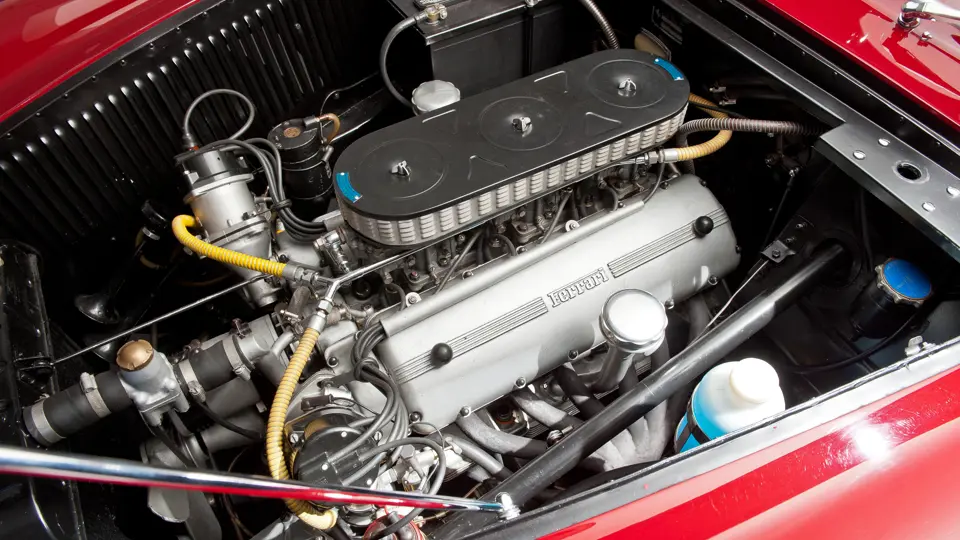
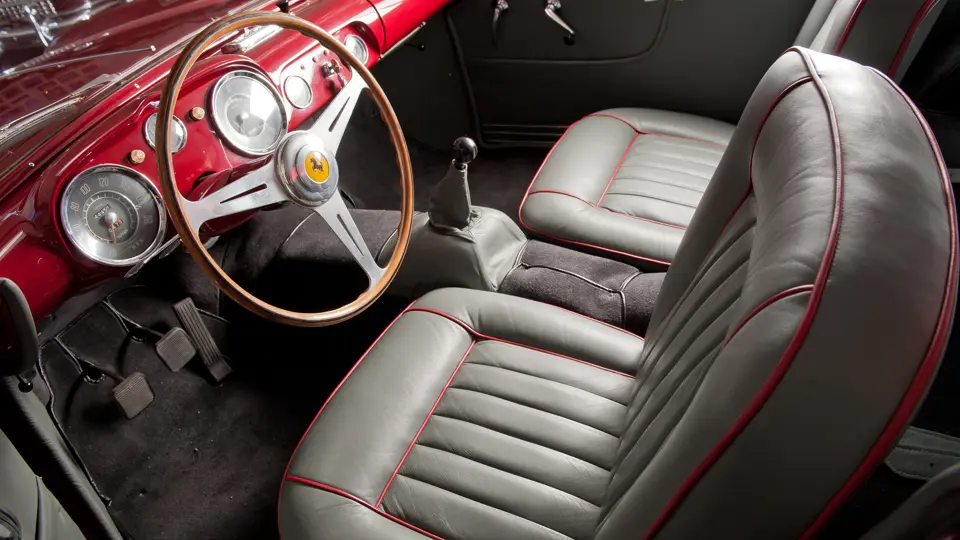

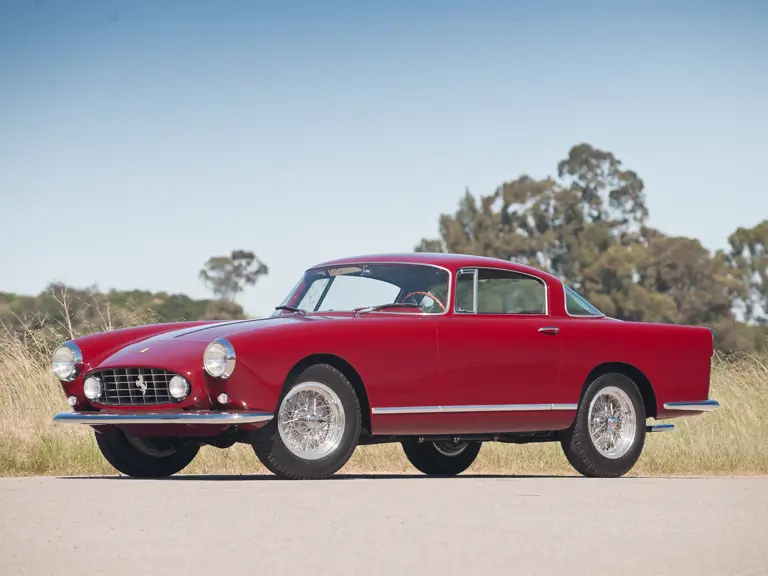
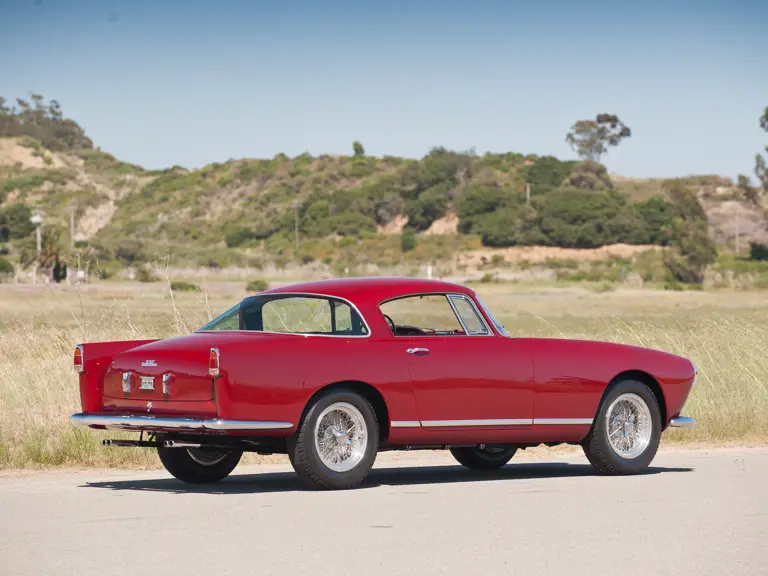

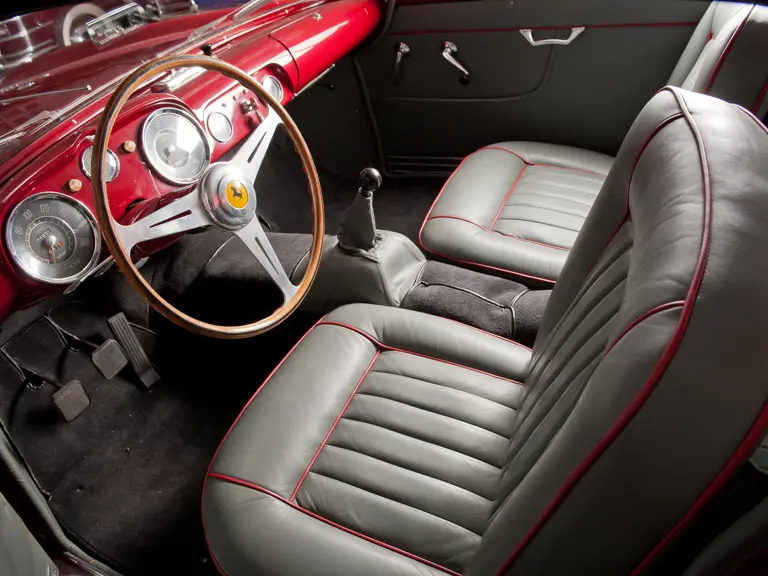
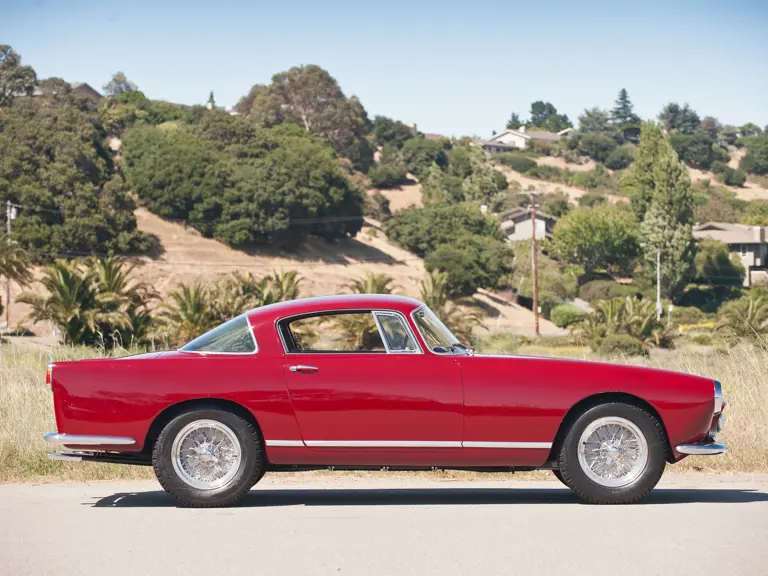
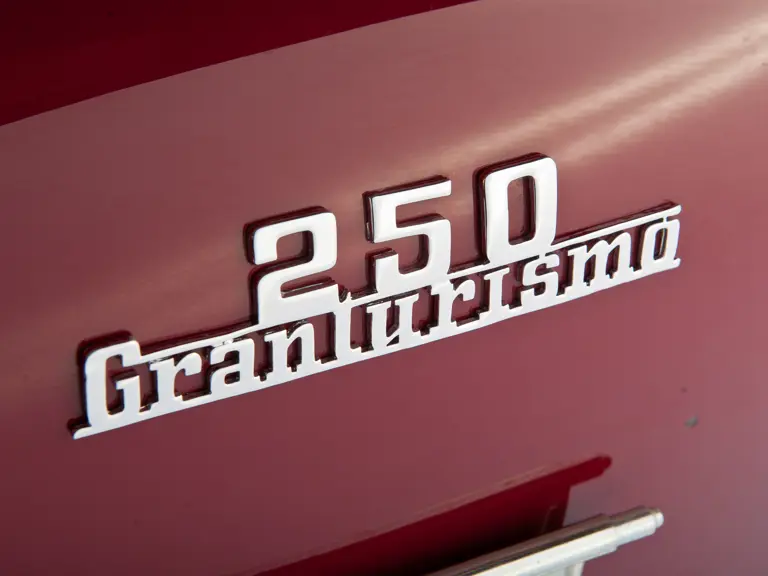
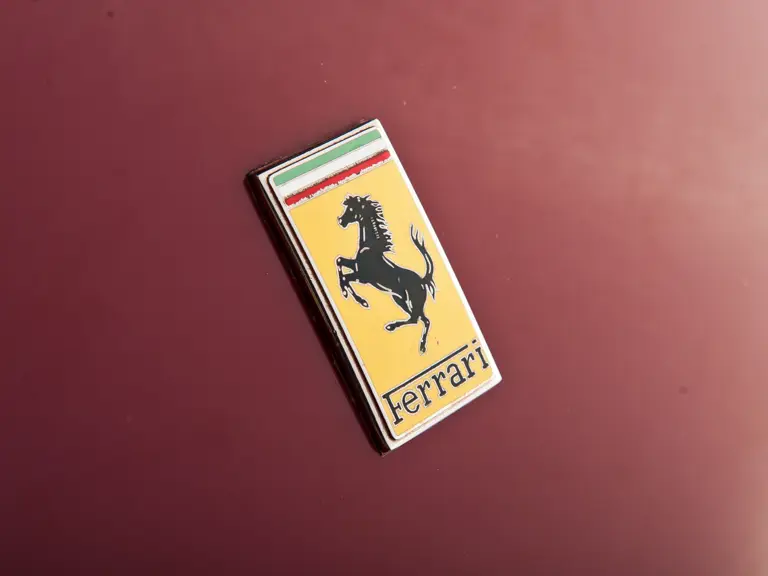

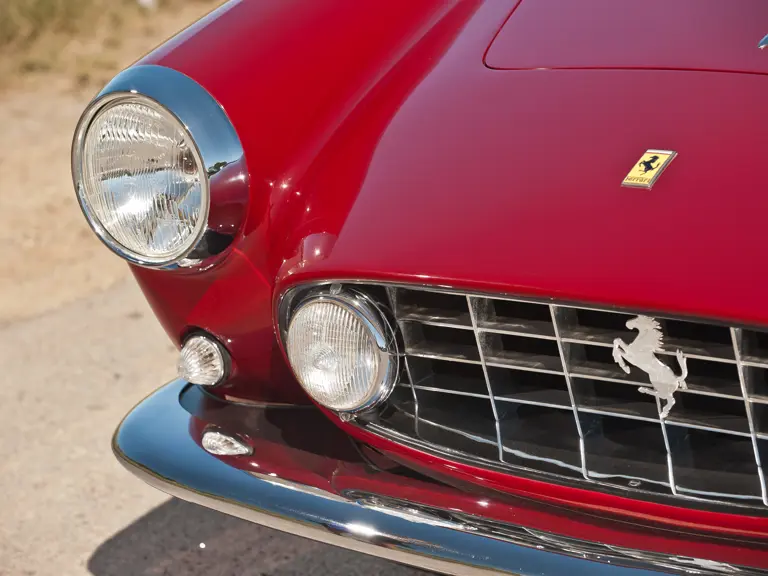
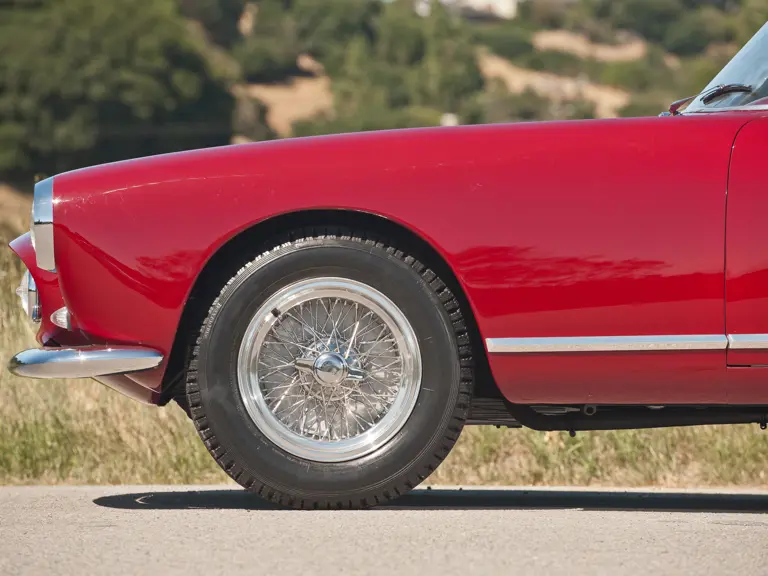
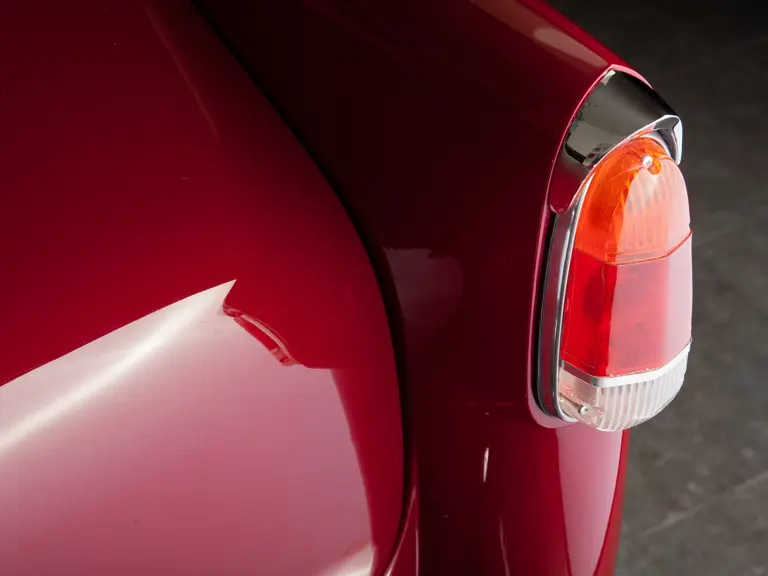
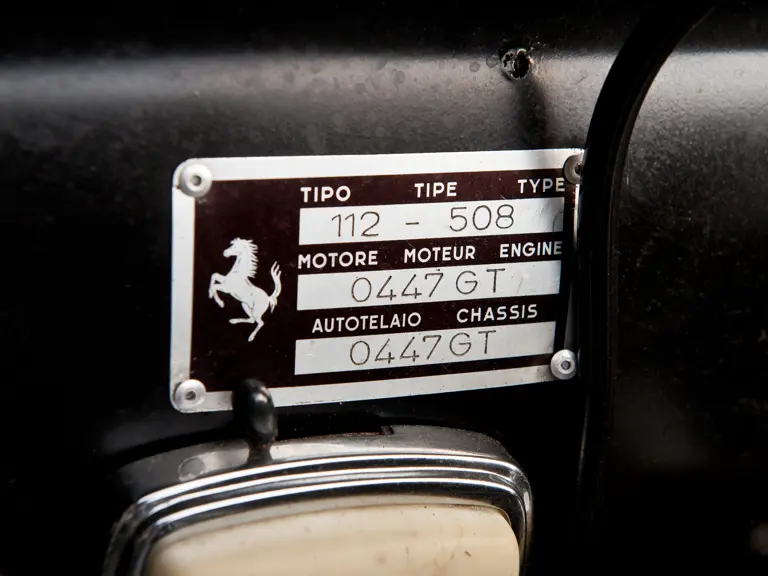
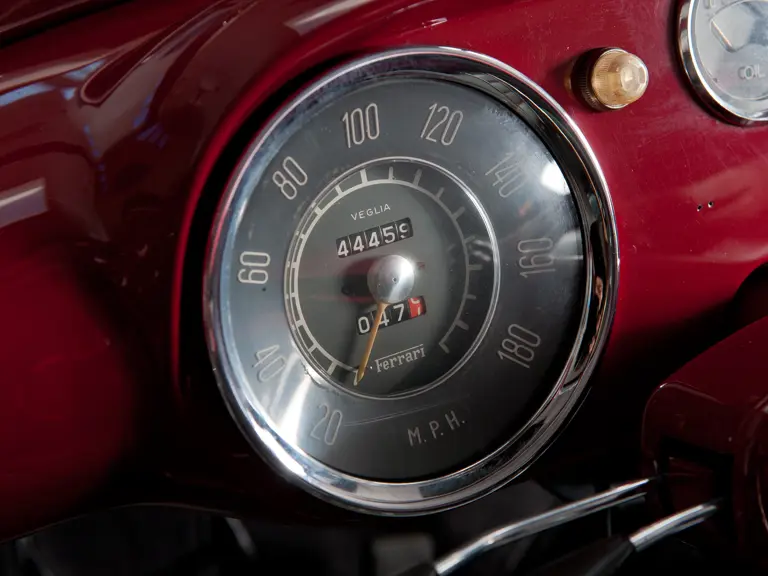
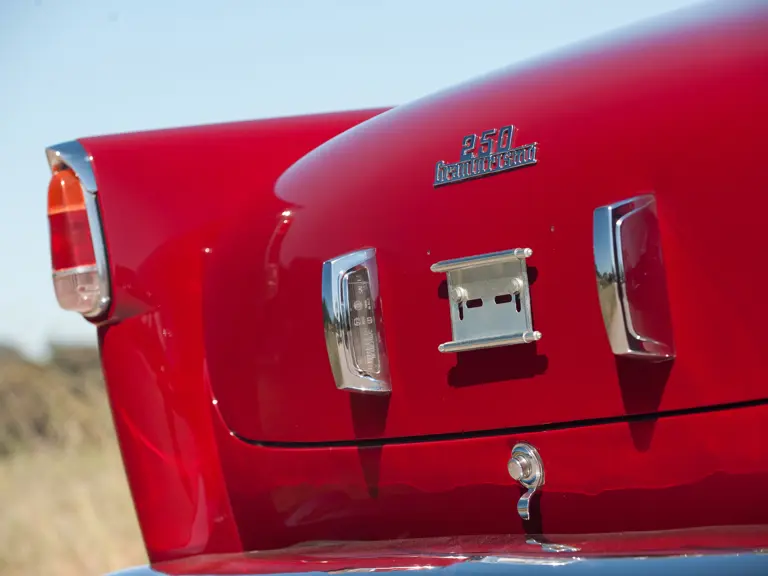
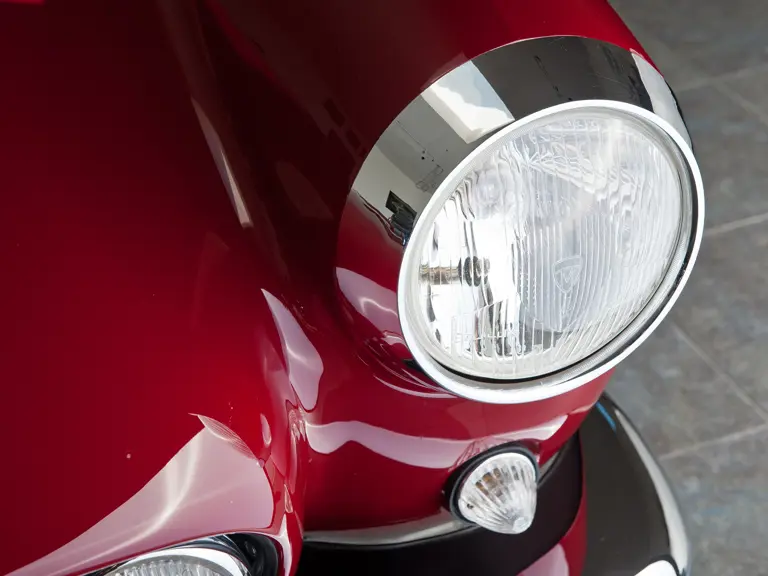
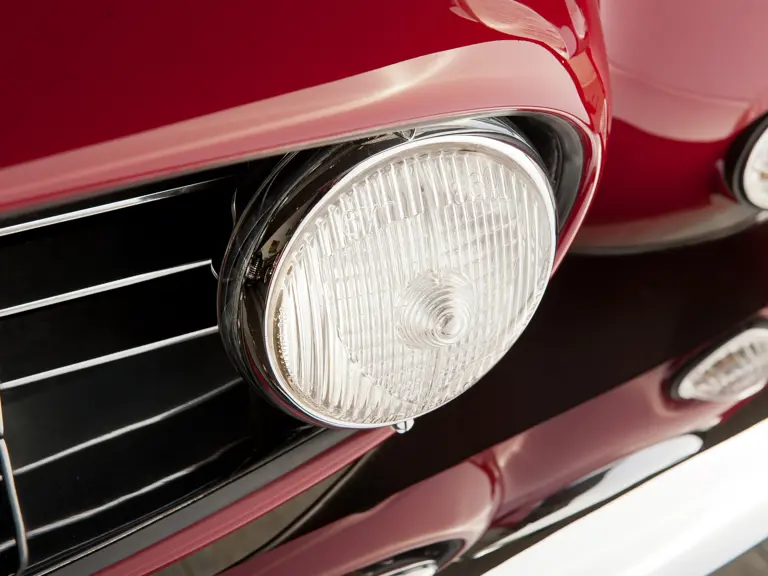
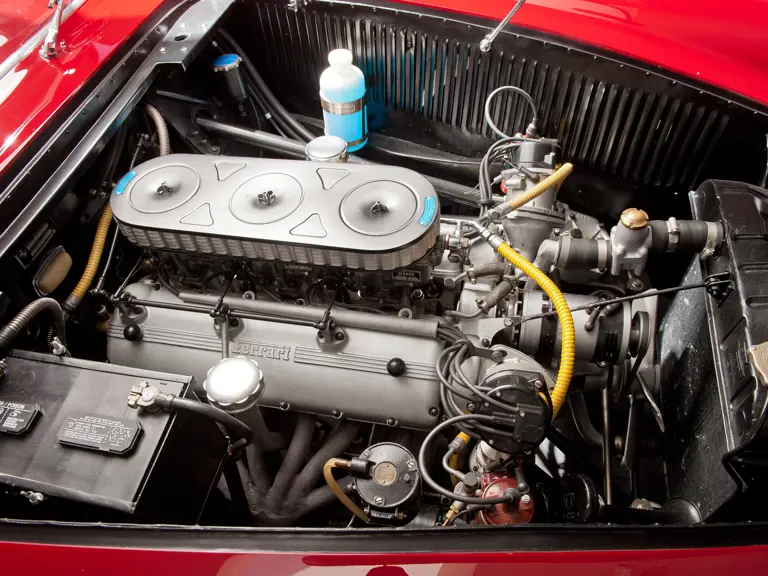
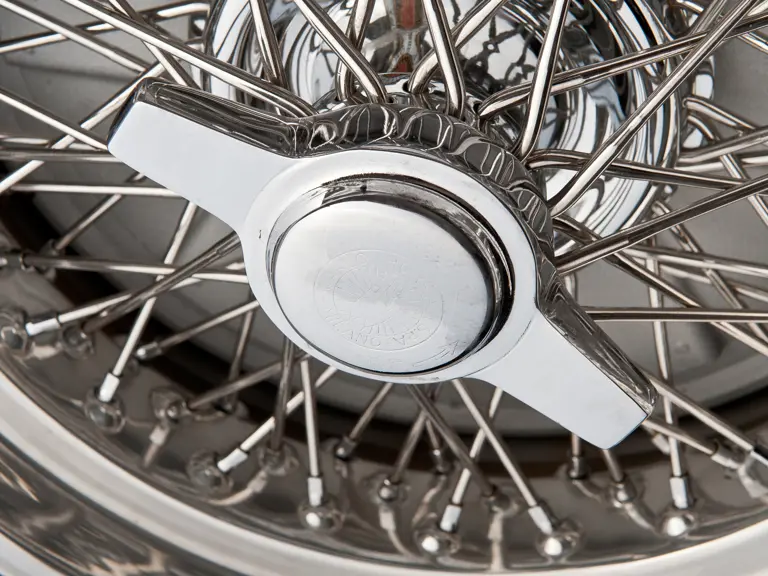
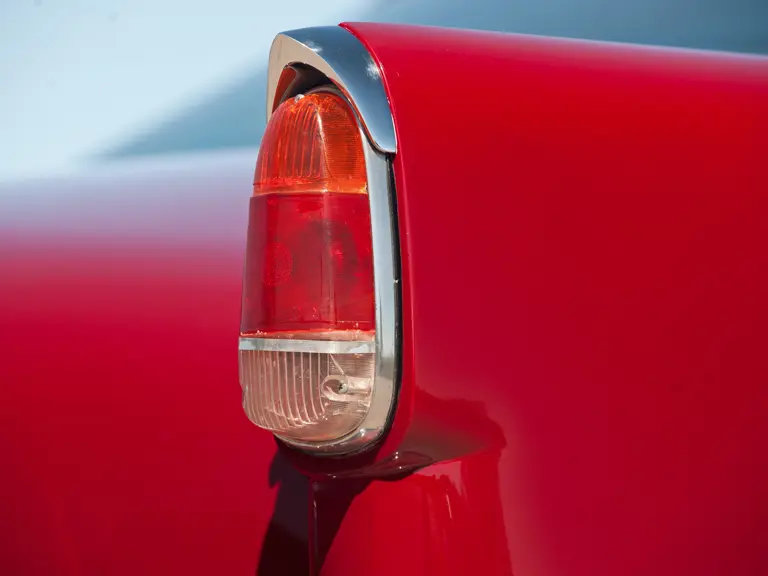
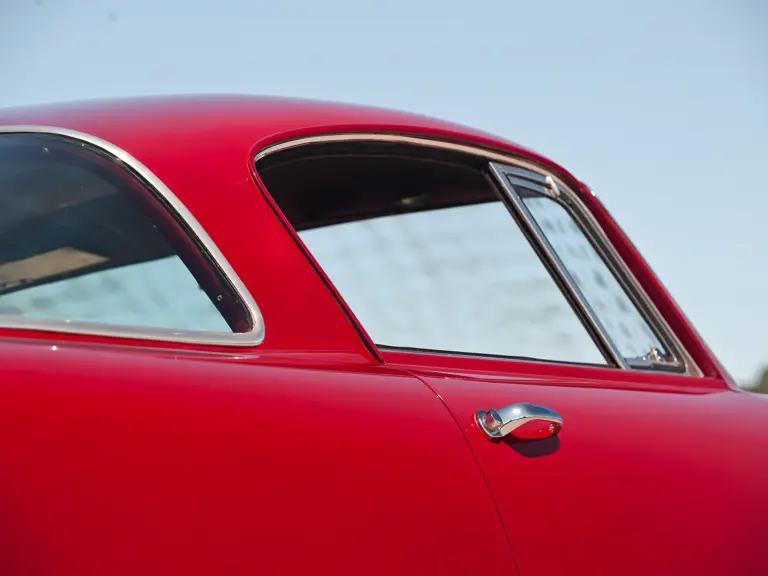





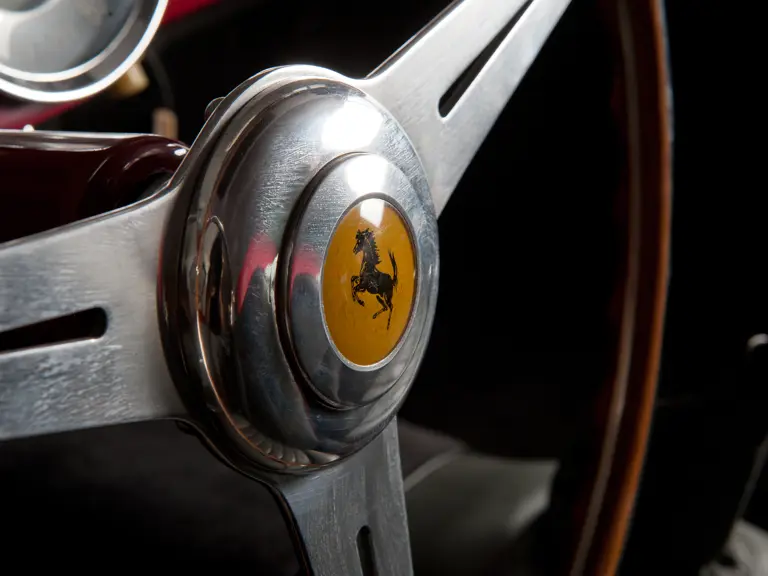

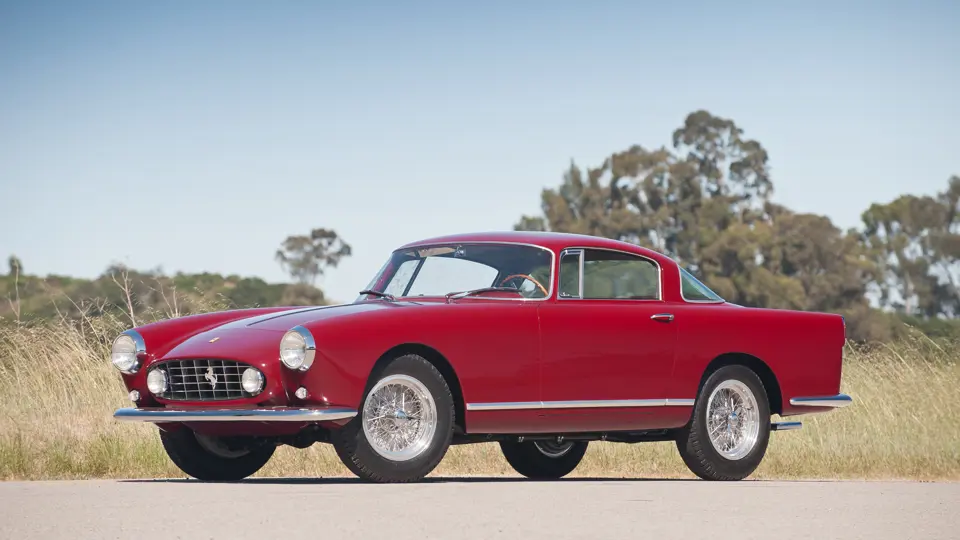
 | Monterey, California
| Monterey, California
